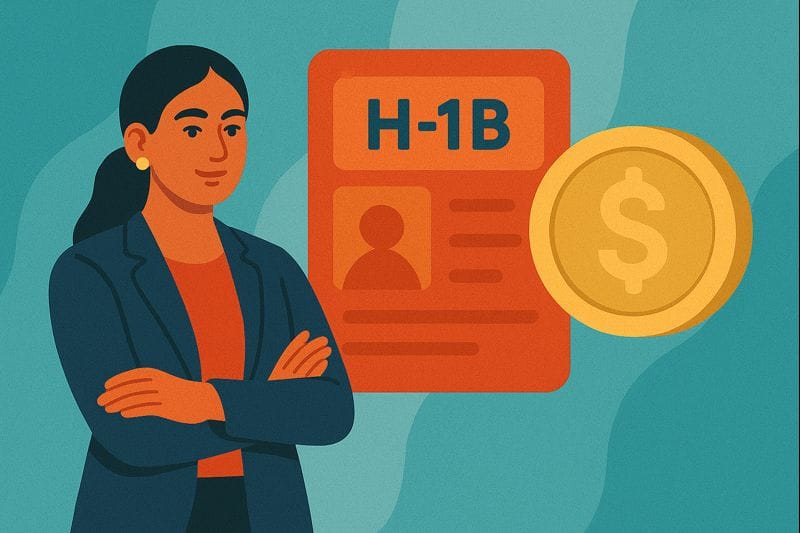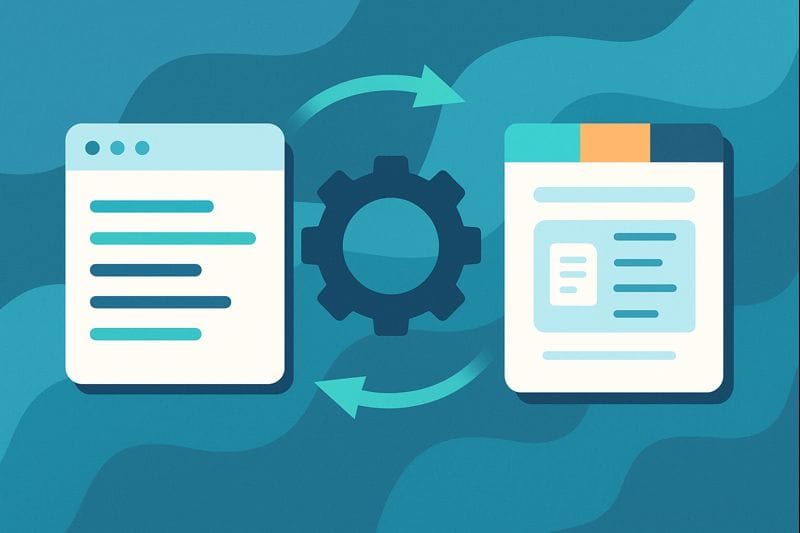Key Takeaways
- Understanding Low APR Personal Financing: Low Annual Percentage Rate (APR) personal financing is a type of loan with lower interest rates, which can lead to substantial savings over time.
- Benefits of Low Interest Loans: Low interest loans can reduce the overall cost of borrowing, making it easier to manage debt and improve your financial health.
- Impact of Affordable Personal Loans on Financial Health: Affordable personal loans with low APR can positively impact your financial health by improving credit scores and allowing for manageable repayment terms.
- Smart Borrowing Strategies with Low APR: Refinancing or consolidating existing high-interest debts can be a smart borrowing strategy when you have access to low APR.
- Financial Advantages of Low APR: Lower monthly repayments and the ability to borrow more are among the financial advantages of low APR.
Introduction
Looking to save thousands on your next personal loan? The secret lies in three letters: APR.
While most borrowers focus solely on monthly payments, understanding APR (Annual Percentage Rate) could mean the difference between paying $2,500 or $5,000 in interest on a $20,000 loan.
Consider this: A $20,000 personal loan with a 7% APR costs $620 monthly over 3 years, with total interest of $2,331.
The same loan at 15% APR? You're looking at $697 monthly and a whopping $5,092 in interest. That's $2,761 in savings just by securing a lower APR!
In this guide, we'll show you:
• How to qualify for the lowest APR rates (currently starting at 6.99%)
• Hidden fees that can inflate your APR
• Real strategies from borrowers who secured rates below 8%
• Step-by-step instructions to compare true loan costs
Understanding Low APR Personal Financing
What Makes Up Your APR?
Your APR includes more than just interest. Here's the breakdown:
• Base interest rate
• Origination fees (0-8% of loan amount)
• Processing fees
• Annual fees
• Insurance premiums (if required)
Current APR Ranges by Credit Score
Excellent (720+): 6.99% - 12.99%
Good (680-719): 13.99% - 19.99%
Fair (620-679): 20.99% - 29.99%
Poor (below 620): 30.99% - 36%
Real-Life Example:
Sarah's $15,000 Loan Comparison:
Lender A:
• Advertised rate: 8.99%
• Origination fee: 3% ($450)
• True APR: 11.25%
• Monthly payment: $485
Lender B:
• Advertised rate: 9.99%
• No origination fee
• True APR: 9.99%
• Monthly payment: $477
Despite Lender A's lower advertised rate, Sarah saved $288 over three years by choosing Lender B's higher rate but fee-free loan.
Pro Tip: Use this formula to calculate your true cost:
Monthly Payment × Number of Payments = Total Cost
Example: $477 × 36 months = $17,172 total cost on a $15,000 loan
Remember: The lowest advertised rate isn't always the best deal. Always compare APRs, not interest rates, to understand your true cost of borrowing.

Unveiling the Benefits of Low Interest Loans
Let's cut through the financial jargon and show you exactly how a low-interest personal loan can transform your finances in 2024.
- Dramatic Interest Savings
Compare these real scenarios on a $20,000 loan over 3 years:
High-Interest Loan (15% APR):
• Monthly payment: $697
• Total interest paid: $5,092
• Total cost: $25,092
Low-Interest Loan (7% APR):
• Monthly payment: $620
• Total interest paid: $2,331
• Total cost: $22,331
Your Savings: $2,761 (enough for a modest vacation!)
- Debt Consolidation Magic
Real Example: Jennifer's Story
Before Consolidation:
• Credit Card 1: $8,000 at 22.99% APR
• Credit Card 2: $6,000 at 19.99% APR
• Personal Loan: $6,000 at 15.99% APR
Total Monthly Payments: $750
After Consolidation (8.99% APR):
• Single payment: $625
• Monthly savings: $125
• Annual savings: $1,500
• Total interest savings: $4,320
- Credit Score Benefits
• Average credit score increase after consolidation: 30-50 points
• Potential impact: Qualify for even better rates on future loans - Flexible Payment Options
Low-Rate Loan Features:
• No prepayment penalties
• Extra payment capabilities
• Payment date selection
• Autopay discounts (0.25-0.50%)
Pro Tip: Many lenders offer rate discounts for:
• Setting up autopay (0.25-0.50% off)
• Having excellent credit (720+)
• Banking relationship discounts
• Direct payment to creditors
Understanding APR's Impact
To truly grasp the impact of APR on personal financing, consider two borrowers, Alice and Bob, who each take out a $10,000 loan for five years, but with different APRs.
- Alice's Loan:APR of 5%. Her monthly payment would be approximately $188.71, leading to a total repayment of $11,322.60 over five years. Total interest paid: $1,322.60.
- Bob's Loan: APR of 15%. His monthly payment would be approximately $237.90, leading to a total repayment of $14,274 over five years. Total interest paid: $4,274.
The difference in APR results in Bob paying nearly $2,951.40 more in interest over the life of the loan compared to Alice.
This example highlights how even a seemingly small difference in APR can significantly affect the total cost of borrowing, underscoring the importance of seeking out low APR options for financial savings.

How Affordable Personal Loans Impact Your Financial Health
Let's explore how affordable personal loans can transform your financial health.
- Credit Score Improvement
Real Numbers:
• Average score increase after consolidation: 30-50 points
• Payment history impact: 35% of FICO score
• Optimal credit utilization: Below 30%
Success Story:
Mark consolidated $15,000 of credit card debt into a 8.99% APR personal loan:
• Credit score before: 650
• Credit score after 6 months: 695
• New loan opportunities unlocked: Auto loans at 5.99% vs 12.99%
- Monthly Cash Flow Impact
Example Budget Transformation:
Before Consolidation:
• Credit Card Payments: $525
• Personal Loan: $300
• Total Monthly Debt: $825
After Consolidation:
• Single Payment: $625
• Monthly Savings: $200
• Annual Savings: $2,400
Smart Borrowing Strategies
- Debt Consolidation Magic Formula
Calculate Your Savings:
• List all current debts and APRs
• Add total monthly payments
• Compare with consolidation loan payment
• Multiple annual savings by loan term
Example:
Current Debts:
• Credit Card 1: $8,000 at 22.99% = $240/month
• Credit Card 2: $6,000 at 19.99% = $180/month
• Store Card: $3,000 at 24.99% = $90/month
Total: $17,000 debt, $510 monthly
Consolidation Loan:
• $17,000 at 9.99% APR
• New payment: $425/month
• Monthly savings: $85
• Total savings over 4 years: $4,080
- Strategic Repayment Plan
• Set up automatic payments (0.25-0.50% rate reduction)
• Choose payment date after payday
• Round up payments to accelerate payoff
• Apply any windfalls to principal
Pro Tip: For every $100 extra paid monthly on a $20,000 loan:
• Loan paid off 8 months earlier
• Save $750 in interest
• Improve debt-to-income ratio faster

Debt Consolidation and Refinancing
Debt Consolidation:
Let's break down exactly how to use low APR loans to transform your debt situation and save thousands.
- Assess Your Current Debt
Begin by listing all your current debts, including credit card balances, high-interest loans, and other obligations. Note their interest rates, monthly payments, and remaining balances. - Calculate Potential Savings
Example: $25,000 Total Debt
Current Situation:
• Average APR: 21%
• Monthly payment: $875
• Total interest (3 years): $12,750
After Consolidation:
• New APR: 8.99%
• Monthly payment: $795
• Total interest (3 years): $3,620
• Total savings: $9,130
Refinancing Strategy Guide:
- When to Refinance
Best timing:
• Credit score improved 50+ points
• Market rates dropped 2%+
• Current APR above 15%
• More than 2 years left on loan - Real Savings Example
$30,000 Personal Loan:
Original Terms:
• APR: 15.99%
• Monthly payment: $1,090
• Remaining term: 36 months
Refinanced Terms:
• New APR: 9.99%
• New payment: $968
• Monthly savings: $122
• Total savings: $4,392
Pro Tips for Maximum Savings
- Rate Shopping Strategy
• Check rates within 14 days (counts as one credit pull)
• Compare at least 3 lenders
• Look for:
- No origination fees
- No prepayment penalties
- Flexible terms
- Application Boosters
• Add a co-signer (average rate reduction: 2-4%)
• Show proof of income
• Maintain debt-to-income ratio below 36%
• Keep credit utilization under 30% - Post-Consolidation Success Plan
• Close old credit cards (keep oldest account)
• Set up automatic payments
• Create emergency fund (prevent new debt)
• Track credit score monthly
Remember: The best consolidation loan saves you both money and time. Don't focus solely on monthly payments - calculate total cost over the loan term.

Maximizing Your Money with Low Interest Rates
Let's break down exactly how lower interest rates can transform your finances and what key terms you need to know.
Impact on Your Monthly Budget
Example: $25,000 Personal Loan (5-year term)
High Interest (18% APR):
• Monthly payment: $635
• Total interest: $13,100
• Total cost: $38,100
Low Interest (7% APR):
• Monthly payment: $495
• Total interest: $4,700
• Total cost: $29,700
Your Savings: $140/month, $8,400 total
Smart Money Moves with Lower Rates
- Debt Consolidation Strategy
Before:
• Credit cards: $15,000 at 22% APR
• Personal loan: $10,000 at 15% APR
• Total monthly payment: $850
After (7.99% APR consolidation):
• Single payment: $675
• Monthly savings: $175
• Annual savings: $2,100
- Investment Opportunities
Redirect Interest Savings To:
• Emergency fund (aim for $5,000-$15,000)
• Retirement accounts (8-10% average return)
• Real estate (3-5% annual appreciation)
• Stock market (10% historical average return)
Essential Financial Terms Simplified
APR vs. Interest Rate
Example: $20,000 Loan
• Interest rate: 6.99%
• Origination fee: 2% ($400)
• True APR: 7.99%
• Impact: $315 extra over 3 years
Credit Score Impact on Rates
• Excellent (720+): 6.99-12.99% APR
• Good (680-719): 13.99-19.99% APR
• Fair (620-679): 20.99-29.99% APR
• Poor (below 620): 30.99%+ APR
Pro Tips for Securing Lower Rates:
- Improve credit score
• Pay bills on time (35% of score)
• Keep utilization under 30%
• Don't close old accounts
• Limit new applications - Compare Lenders
• Check 3-5 lenders
• Look for:
- No origination fees
- No prepayment penalties
- Rate match guarantees
- Relationship discounts
- Consider Secured Options
• Home equity loans: 4-8% APR
• Secured personal loans: 6-15% APR
• Cash-secured loans: 3-8% APR
Conclusion
The difference between a good and great APR can mean thousands in your pocket. On a $20,000 loan, dropping from 15% to 7% APR saves you $3,460 over three years – that's like getting a free vacation!
Ready to maximize your savings?
• Check your credit score (free at AnnualCreditReport.com)
• Compare at least 3 lenders
• Look for relationship discounts (0.25-0.50% off)
• Consider secured loans for better rates
Need help finding your best rate? SimpleDirect's comparison tool matches you with pre-qualified offers in minutes, without affecting your credit score.
Start saving today!






